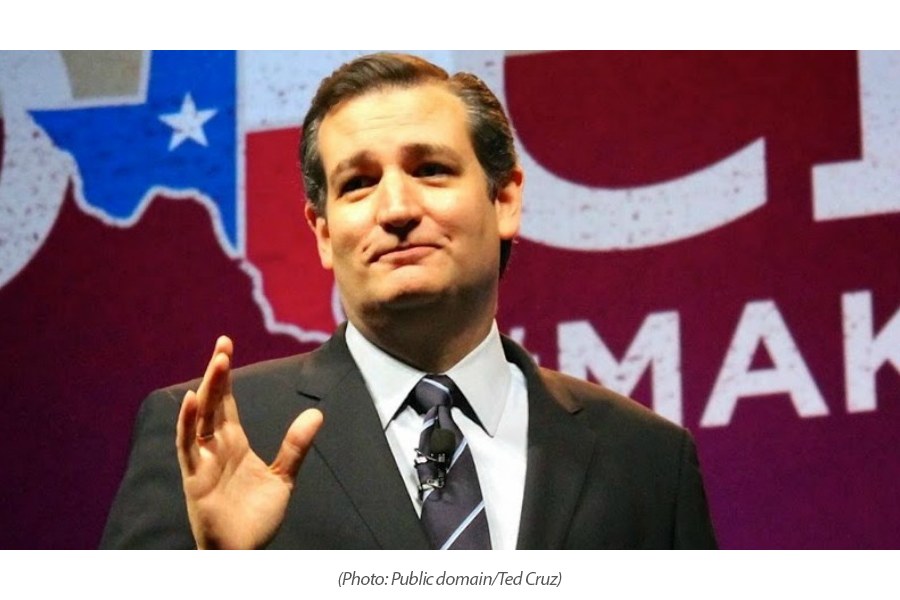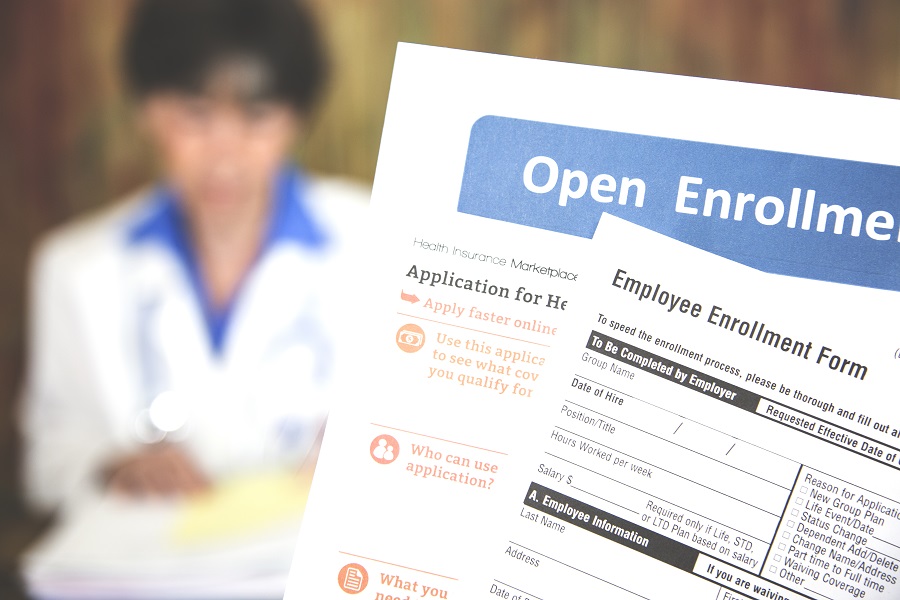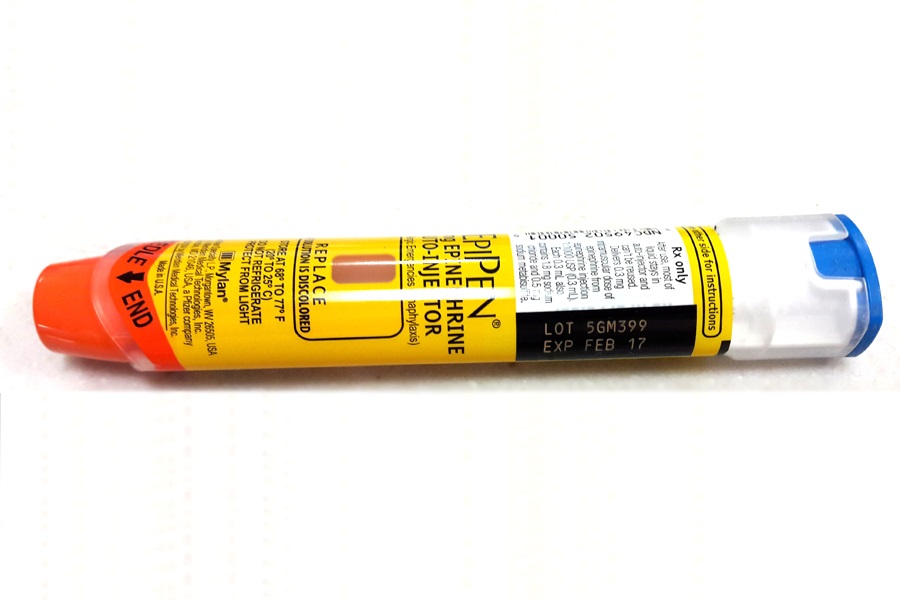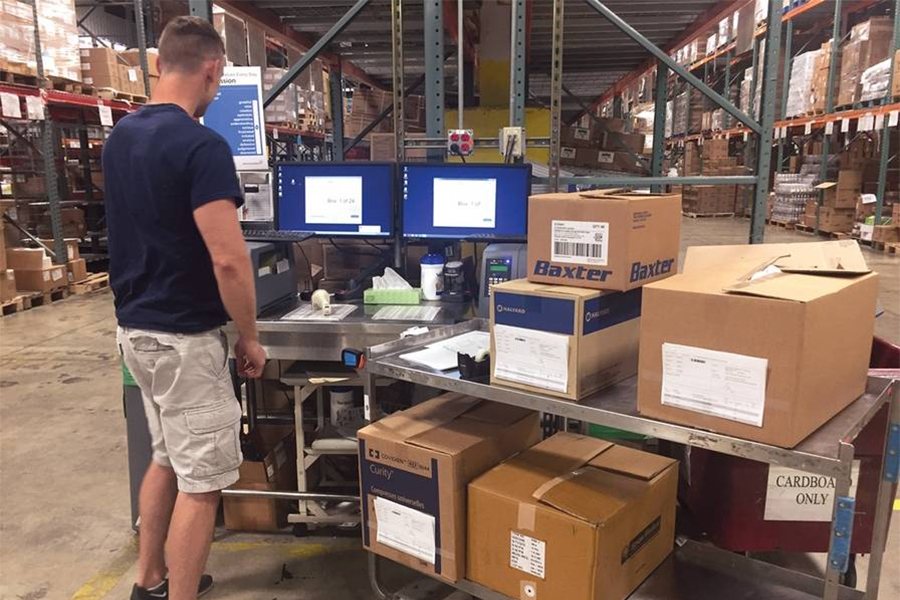How States Are Simplifying Physician Health Plan Credentialing – By Gregory A. Freeman for Health Leaders Media
Texas is the latest state to create a simplified physician credentialing system for health plans. The goal is to draw more physicians into Medicaid programs.
The bureaucratic hassle of applying to different health plans is enough to keep some physicians from participating in Medicaid programs where reimbursement levels are lower than private plans, so some state health plan associations are finding ways to streamline the process.
The Texas Association of Health Plans (TAHP) is collaborating with the Texas Medical Association and 19 Medicaid health insurance plans to launch a credential verification organization (CVO) to reduce paperwork for Texas physicians.
Medicaid health plans in the state initiated the effort, responding to physician requests for a simpler process, says Amanda Hudgens, director of special projects with TAHP. The Texas Credentialing Alliance participants include Aetna, Centene, Cigna, UnitedHealth Group, and Blue Cross and Blue Shield of Texas.
“We want to simplify the credentialing process for physicians here in Texas and we’re focusing on Medicaid providers because we understand they have a lot of paperwork burdens and administrative requirements to become a Medicaid provider,” Hudgens says.
She continues, “The intent is to make their lives a little easier. If providers applied to all 19 plans before this program, they would have had to go through 19 different credentialing processes.”
The CVO became operational in April and is required for all Medicaid plans in the state but it is open to commercial plans as well. Participating insurers are expanding it to their commercial health plans, Hudgens says.
Physician participation in the Medicaid program varies across the country, with about 70% of office-based physicians accepting Medicaid, according to data from the Kaiser Family Foundation.
The percentage of physicians accepting new Medicaid patients ranges from 39% in New Jersey to 97% in Nebraska. Texas is in line with the national averages.






















